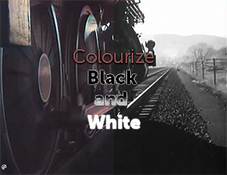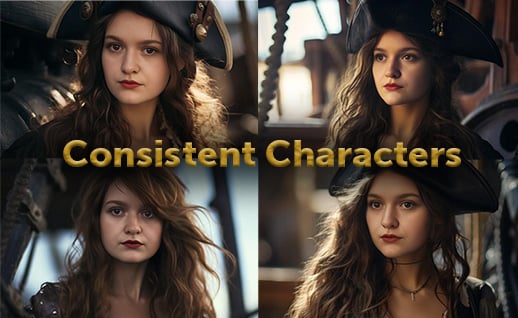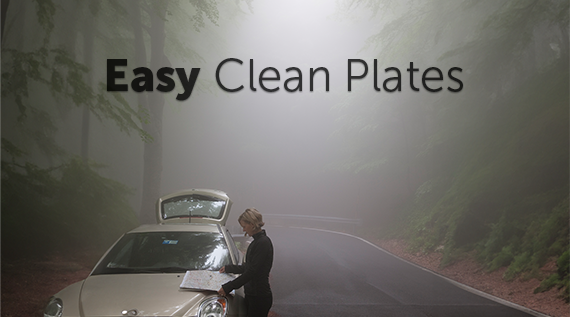In our first installment of this series about how to tell a story with a variety of clips, we talked about how you can create interesting videos based on other people’s scripts, essays, and Twitter jokes. In this post, we’ll talk about creating interesting montage videos based on cultural trends, from emerging memes to mass-media phenomena.
Homage and parody have long been a staple of advertising. In the internet age, it’s often called culturejacking or memejacking, though those terms have become associated with brands opportunistically dogpiling on pop-culture events and trending topics. (Oreo blew the gates open with its brilliant “You can still dunk in the dark” Tweet in 2013.) Of course, the faster you jump on a trend, the greater the chance you’ll fail.
The faster you jump on a trend, the greater the chance you’ll fail
It’s relatively easy to riff on a current event with a Tweet, but when you’re investing the time and energy to put a video together, it’s best to choose something with a longer shelf life. That way, it’ll still be relevant by the time you’re finished editing.
In our exhaustive, ongoing study of parody and culturejacking videos (i.e., wasting way too much time on YouTube), we’ve found the most important thing is bringing an original twist, take, or perspective to the concept. Ask yourself what you’re adding to the canon. A new take? Slicker execution? Funnier jokes? Or simply daring the viewer to watch to the end, via repetition or by devolving into insanity?
However you come at your subject, having a firm grip on its language and conventions will give your video the street cred it needs if it’s going to fly.
Montage magic, method 2: Borrow the language
Like everyone else, our creative team was infatuated with emoji. We knew we wanted to use them in a video — but how? We had seen emoji used to communicate, like in this Oneohtrix Point Never video. We had seen how Able Parris uses emojis as real-life characters in his photos (this was way before it was a common thing). But we needed to build on the real-life aspect. What would the story be?
The “aha” moment came when we decided to make a mockumentary. What if we treated emoji as real-life characters in a National Geographic or Planet Earth style nature show?
After that, the script came quickly. We borrowed the graphic language of emoji, the visual language of a documentary — showing emoji in their “natural” habitats — and we even borrowed the spoken language of a BBC announcer. Narrator James Gillies nailed the pacing and tone of naturalist David Attenborough (it helped that he’s the real deal, a veteran BBC announcer). Lastly, the orchestral soundtrack evokes the feel of a lighthearted, family-friendly educational program.
Emoji Among Us is more of an homage than a parody, in that it doesn’t poke fun at its subject. We didn’t have any criticism of its tropes or messages, we simply recontextualized them. Not that we’re above poking fun: see This Is a Generic Presidential Campaign Ad and This Is a Generic Brand Video.
Other successful culturejacking videos we’ve created include Faux Shows, a parody of oh-so-predictable network television lineups, and The Ensemblers, a parody of the “sprawling cast of superheroes” genre. We’re not saying we watch a lot of TV or superhero movies, but let’s just say those videos came from a certain fluency in the language of those genres. Faux Shows draws upon recognizable graphical cues from opening credits, trendy styles of color grading, and self-referential actor titles. The Ensemblers relies on a gravel-voiced narrator with The Voice and a hilariously long list of semi-plausible superhero names.
Look closely at the visual, verbal, and musical languages you’re borrowing
The takeaway? Look closely at the visual, verbal, and musical languages you’re borrowing. The more recognizable they are, the more likely people will be to call you out on any discrepancies or half-hearted efforts. When you’re “jacking” something familiar and loved, unless you make sure everything is air-tight, you run the danger of fans calling you out on missed details … in the comment section, for all to see.
To find out more about creating a compelling story with video, check out the whole Making Montage Magic series, Hourglass Storytelling, How to Plan Your Movie Using Storyboarding, and An Introduction to Pacing and Rhythm. Or get your hands dirty with our Skillshare class, Creative Storytelling with Stock Video.
Posted by
Jon Parker
.png)
.png)
.png)




